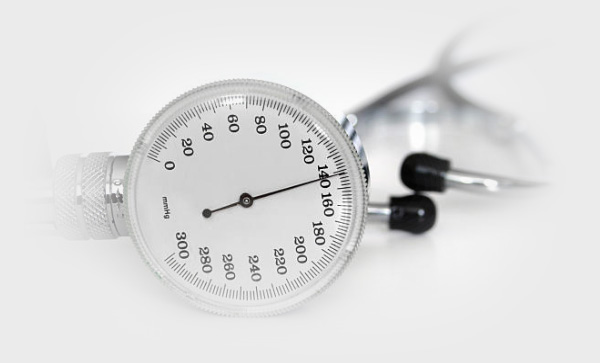
HYPERTENSION
A measured blood pressure greater than 140/90 mmHg in an adult is defined as “hypertension”.
The likelihood of developing high blood pressure increases with age. Patients with hypertension have a higher risk of heart attack, heart failure, stroke, chronic kidney failure, and death than normal individuals. Hypertension is the second most common cause of chronic kidney failure after diabetes.
Many people with hypertension live normal lives without realizing that they have high blood pressure. This is extremely important, which is why hypertension has been called the “silent killer.”
To diagnose hypertension, the blood pressure reading must be accurate. Blood pressure can change throughout the day. Therefore, several measurements should be taken at different times of the day. In some cases, the diagnosis can be made with a special device that measures blood pressure 24 hours a day. Values above 135/85 mmHg for home readings, above 140/90 mmHg for hospital readings, and above 130/80 mmHg on average for 24-hour readings are considered high blood pressure.
When checking blood pressure for the first time, readings should be taken from both arms. The difference in blood pressure between the two arms varies up to 10 mmHg, and subsequent measurements should be taken in the arm with the higher blood pressure.
In 90% of people with hypertension, there is no underlying cause, and this condition is called “essential” or “primary” hypertension. Primary hypertension is usually found in people with a family history of hypertension, i.e. it is inherited. These individuals are genetically more sensitive to salt and their blood pressure rises more easily after salt intake than normal individuals. People with primary hypertension have a higher risk of insulin resistance, obesity and diabetes.
Secondary hypertension occurs in 10% of people with high blood pressure. It is caused by another underlying disease. Kidney disease and narrowing of the kidney vessels are the most common causes. Hormonal (endocrine) causes are another important group. The most common endocrine causes of secondary hypertension are diseases of the adrenal and thyroid glands. In addition, some medications, especially pain relievers and nasal decongestants, which are grouped as non-steroidal anti-inflammatory drugs, are examples of this group.
If a patient with hypertension has one or more other comorbidities, the risk of death increases. Particular attention should be paid to diabetes, kidney disease and cardiovascular disease. The goal should be not only to control blood pressure, but also to control the associated risk factors.
There are laboratory tests that should be performed routinely in patients diagnosed with hypertension. The goal is to identify and control risk factors as well as to determine if there is an underlying secondary cause. These tests include blood glucose, creatinine, uric acid, cholesterol, sodium, potassium, CBC, and urinalysis. An electrocardiogram (EKG) is also useful. If there are findings that suggest secondary hypertension, further tests should be done.
Salt intake is an important issue for people with hypertension. The ideal is to keep daily salt intake between 5-6 grams per day. This can be achieved by removing salt shakers from the table, avoiding high salt foods, and cooking without salt. Salts such as Himalayan salt and rock salt are also to be avoided.
There are five main groups of medications that may be used to treat people diagnosed with hypertension. These medications are grouped as follows:
- Diuretics
- Angiotensin converting enzyme (ACE) inhibitors
- Angiotensin Receptor Blockers (ARBs)
- Calcium channel blockers
- Beta-blockers
If the blood pressure is 160/100 mmHg and above, a combination treatment is recommended instead of a single drug.


